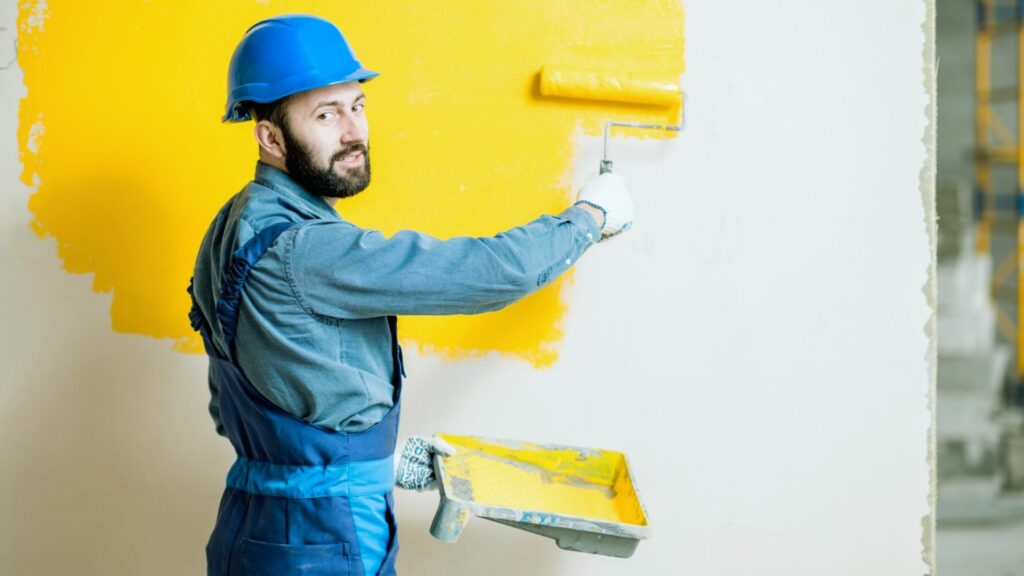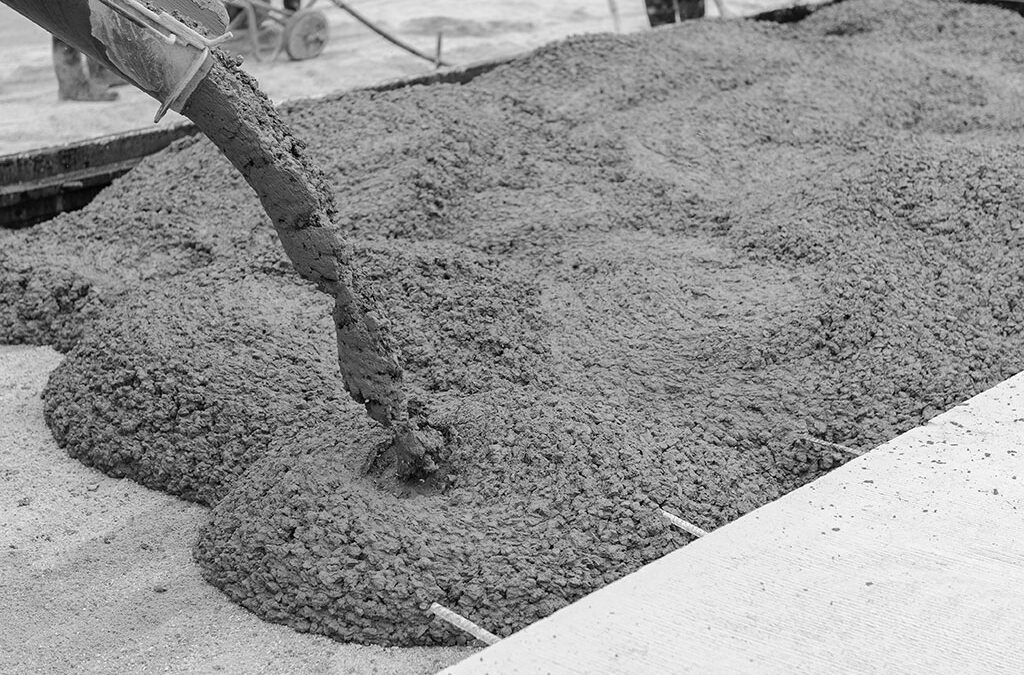Retaining or retaining walls are usually used in one specific place in a garden. This is called an accent wall. Concrete retaining walls consist of multiple layers of slabs. This structure can be used as a whole to transform an unattractive area or area outside into a functional, attractive garden or landscaping design. Retaining walls are frequently built within the garden, public place or at the side of the home to serve as a functional addition. Retaining walls offer a wide selection of styles, colors, shapes and sizes.
For many homeowners, concrete retaining walls blocks are an ideal choice for the job they wish to accomplish. Retaining walls are easy to install, provided there are no unexpected issues that need to be addressed or rectified before the actual start of work. These types of walls will typically require professional assistance in order to build properly and professionally looking.
You can buy retaining wall blocks from any home improvement store or hardware store that sells brick and mortar walls. Block types for retainingwalls are often determined by the size and shape the yard, garden, or area in which the wall is to be constructed. If the retaining walls are going to be placed outside, concrete is the more commonly used material for these types of walls. For indoor areas, more often than not, ceramic or slate is preferred.
It is important that concrete blocks used for retaining walls are of high quality. A wall is defined by its composition, structural strength, and durability. Blocks should be assembled with extreme care to ensure strength. These blocks should also be able to withstand a lot of wear and tear.
It is best to purchase precast concrete in bulk. Precast walls come in many different shapes, sizes and designs. You can also customize them to meet your individual needs in terms form, color, and design. However, before you start building with precast concrete, it is important to first measure the area where the retaining walls are to be positioned. Precast concrete walls are easy to use as they come with all the necessary dimensions and instructions.
Once the area has been measured, the block can be cut and assembled. This stage requires a manual trowel to spread the concrete and put the stones in their place. The trowel can then be used to smoothen any bubbles in concrete mixture. The next step would be to place the retaining walls around the area that has to be retained. The purpose of retaining walls is to create a structural strength in the building that will withstand potential loads and weather conditions.
Once the retaining walls were in place, a layer gravel is added to the top. This allows for proper drainage and water drainage should there be heavy rains or high levels of humidity. Another important component to precast concrete retaining walls is to create a waterproof barrier on the surface of the wall. This should be applied to the wall’s exterior as well as the bottom. The barrier prevents moisture from entering inside the wall and forming the base of the wall which may weaken its structural strength.
The last step would be to attach the precast concrete walls to the foundation. You can use any type of brick to make this wall. The bricks are generally placed one at time and then piled on top of each other until they reach their maximum height. Once this is done, the walls are poured into place and secured with bracing to make sure that they are all in place and perfectly aligned.


